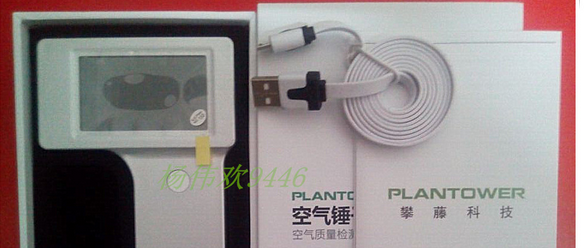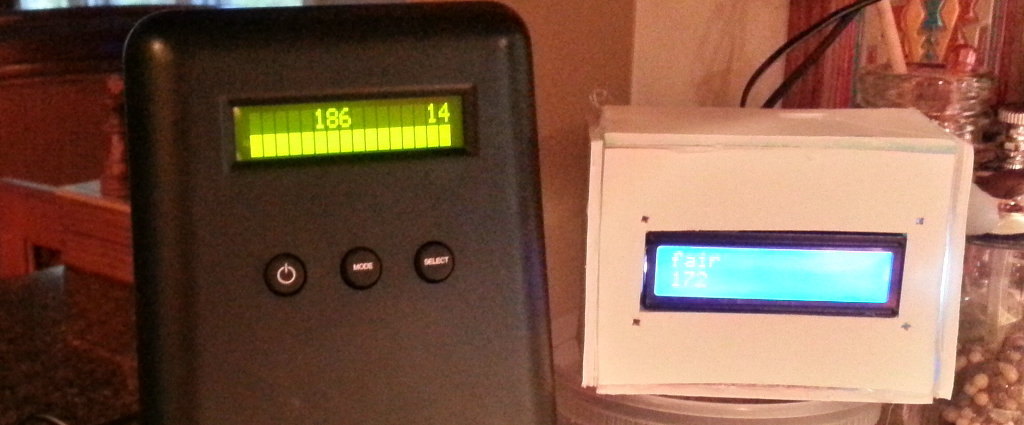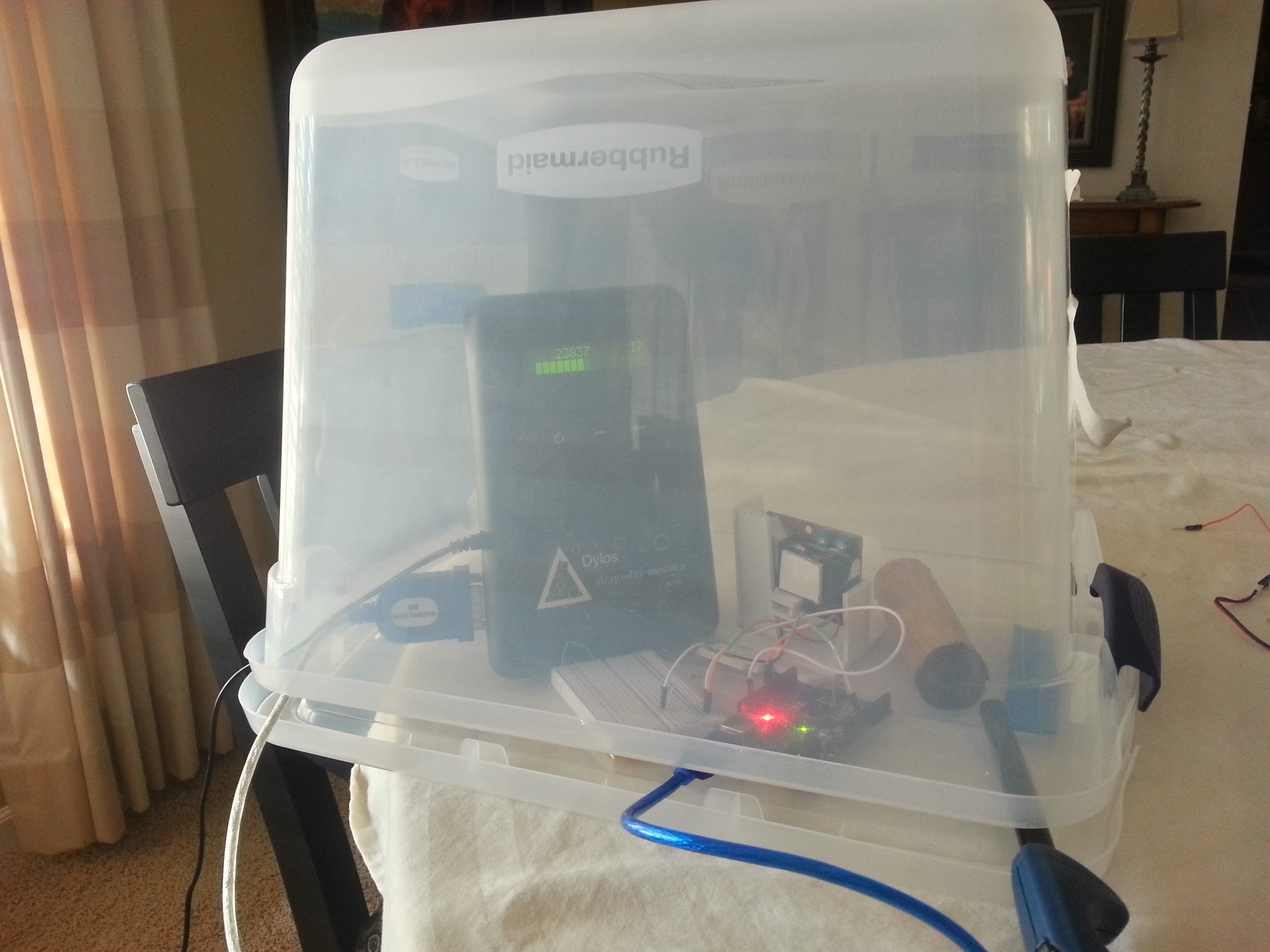Summary
The quality of the air we breathe is not something we often think about, because most of the air we breathe is clear (over short distances), so we don’t notice the pollution. However, modern-day technologies like cars, trucks, power plants, and factories, are polluting our air. It’s only going to get worse with increasing populations and consumption of energy, while we’re still using the same technologies. To protect and optimize your health, it’s best to monitor your air quality and purify it when necessary.
Do you clear your throat a lot? Cough often? Have congested nasal passages and sinuses, manifesting headaches and pain? Chest pain, feeling tired a lot, dry/sore throat all the time, get sick a lot? If you don’t, surely you know someone who does, unless you’re lucky enough to live in a clean-air area, which is probably not near a densely-populated area. Many health problems can arise from poor air quality:
- chest pain, headaches, nausea, allergies, eye irritation
- weakened athletic performance, increased fatigue, reduced resistance to infection
- respiratory problems: coughing, sore and/or dry throat, shortness of breath, emphysema, bronchitis, asthma
- mucus and sinus problems: post-nasal drip, sinus headaches and congestion,
- death: heart attacks and arrythmia, cancer, strokes
It usually sneaks up on people (like slowly heating up the water to boil a frog), but in cases with spikes of high amounts of particles, can cause death within days to weeks. Air pollution is getting more and more attention; the World Health Organization recently declared that 1 in 8 deaths is linked to air pollution, and “that air pollution is now the world’s largest single environmental health risk.” Chronic exposure will give you cancer (the small particles have lots of surface area and free radicals that damage your body), and take off 1-3 years of your life. Other impacts range from premature births to serious respiratory disorders, even when the particle levels are very low.







